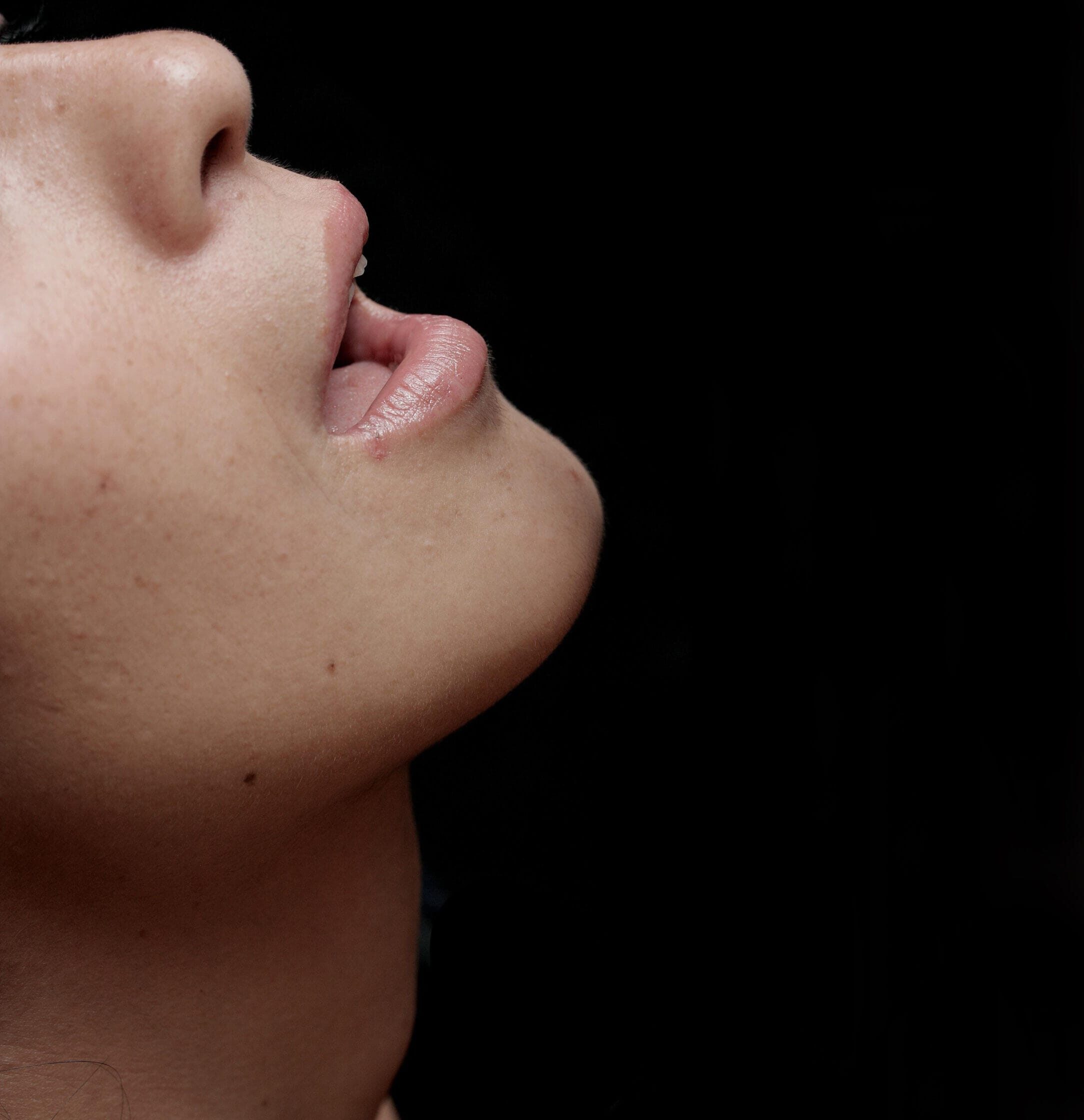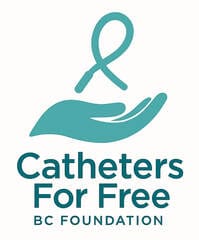
While the media continues to fixate on the ability of neurostimulation to restore some ability to walk after SCI, we’ve always chosen to write about its emerging promise to provide improvements in areas of daily living that people with SCI have long identified as their highest priorities—for example, the ability to use the bathroom in a more normal and healthier way, and the ability to grip and lift. Now, there’s some good news about neurostimulation’s benefits in another area of post-SCI life that we know is a high priority for readers—the ability to enjoy more normal sexual arousal and orgasm.
Despite the fact that, in survey after survey, people with SCI have repeatedly said that sexual function is among the highest of priorities, little research has been done in the area, and few therapies have been developed. One solution may have arrived in the form of neurostimulation.
Results from the E-STAND trial, an extensive, ongoing international project being led by Dr. David Darrow at the University of Minnesota, suggest that epidural spinal cord stimulation (ESCS) can improve the ability to experience genital arousal and orgasm in both men and women with SCI.
E-STAND, by the way, is an acronym for Epidural Stimulation After Neurologic Damage. Please remember that epidural stimulation is invasive and requires surgical implantation of an array of electrodes on the spinal cord, unlike transcutaneous stimulation, which is non-invasive and involves electrodes placed on the skin to target specific functions, spinal pathways, or organs.
E-STAND is attempting to determine benefits of ESCS in many aspects of SCI, but for the purposes of this story, we’re concerned with a subset of 15 of the project’s participants. Five women and ten men with complete thoracic injuries were implanted with a 16-contact stimulator at T11-T12. Over the course of 13 months, they underwent a regime of neurostimulation and reported their improvements in sexual functioning.
Preliminary results show that the treatment led to a better arousal response and orgasm ability for all participants, improved erectile dysfunction in most male participants, and reduced sexual distress by 40 percent in female participants (sexual distress is essentially described as frustration, anxiety, and worry regarding one’s sexual activity).
A detailed analysis of the results from these 15 patients has now been started, led by ICORD Principal Investigator Dr. Andrei Krassioukov, an internationally recognized expert in autonomic function after SCI, and a collaborator on the ESTAND trial from the outset. Assisting with this analysis is SCI sexual health expert Dr. Stacy Elliott, along with many members of Krassioukov’s ICORD lab.
According to Dr. Claire Shackleton, a UBC postdoctoral research fellow who is coordinating this analysis at Krassioukov’s lab, all the results are very encouraging—but perhaps none more so than the improvements experienced by the five women in the study.
“Not only is this work presenting novel findings on the effects of ESCS on sexual function in all people with SCI, but it’s also highlighting sexual outcomes in an under-researched population—women with SCI,” says Shackleton. “Despite relatively promising treatments for men with SCI, there are limited treatment options for female dysfunction and a scarcity of research in this area, and women’s sexual needs tend to be under-prioritized. Therefore, our team has recently analyzed the available data and completed a brief report on three female participants from the E-STAND trial. This report presents novel preliminary findings on the benefits of ESCS on sexual function and sexual distress in women with SCI. We’re excited to be submitting this manuscript to a high-impact scientific journal in the upcoming weeks. And we look forward to analyzing the sexuality-specific data from E-STAND for all 15 participants on completion of the trial.”

While the results are significant, Shackleton points out that the study is limited because of its relatively small number of participants.
“Additional large-scale investigations into sexuality and neuromodulation are warranted,” she says. And she adds that expanding the scope of research to see if the same results might be obtained with transcutaneous neurostimulation is highly likely—which would make it easier to pursue larger studies.
“Currently, ESCS is an approved medical treatment (FDA and Health Canada) for pain management,” she explains. “However, this is a costly option that also requires invasive surgery and highly-specialized technology to be implanted into the individual. Presently, research is shifting more focus to non-invasive methods of spinal cord stimulation, including transcutaneous. There are advantages of transcutaneous stimulation—for example, it doesn’t require invasive and costly surgery. Also, the electrodes can be freely moved to target different areas of the spinal cord. Several studies have shown that spinal circuits that are modulated by ESCS can also be modulated by transcutaneous stimulation. We also know that several studies on ESCS have shown improvements in bladder and bowel function—and the neural pathways that modulate these functions are in close proximity to those that control sexual organs. Therefore, it’s likely that transcutaneous stimulation may too restore neural control related to genital arousal and orgasm in people with SCI; we suspect that the effects of transcutaneous stimulation on sexual function will mimic those of the ESCS.”
The ultimate goal, says Shackleton, is to demonstrate the ability of neurostimulation to be used as a safe, widely-used treatment to improve a vital function in people’s post-injury lives.
“Sexuality is recognized as essential to living a fulfilled life and one of the highest priorities for recovery after SCI. Therefore, developing therapeutic interventions for sexual function is one of the most meaningful recovery targets for people with SCI. Neuromodulation is a promising modality to treat sexual dysfunctions in people with SCI, and especially in women.”
She cautions, however, that neurostimulation will likely be just one of many strategies required to make a meaningful difference in the sexual lives of women with SCI. “The complexity of female sexual function and the multiple influencing factors of sexuality will require a holistic approach to treatment involving a multidisciplinary team and complementary treatment such as cognitive training in mindfulness,” she says.
We’ll look forward to writing more about this promising avenue of research as developments occur.
This article was originally published in the Summer 2022 issue of The Spin. Read more stories from this issue, including:
- Catheter Coverage Research
- Adaptive Bikes
- SCI and Sexual Health
And more!




